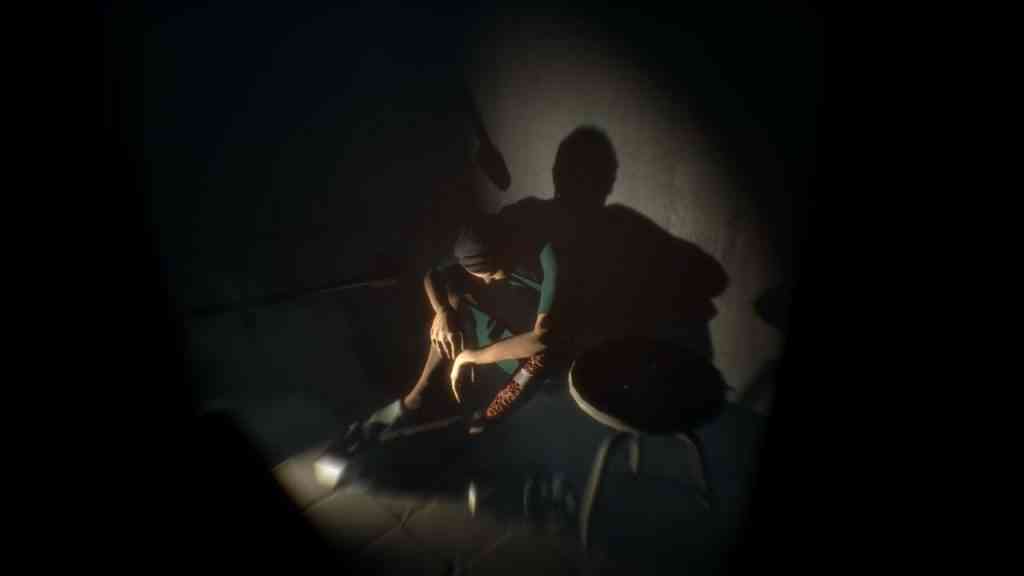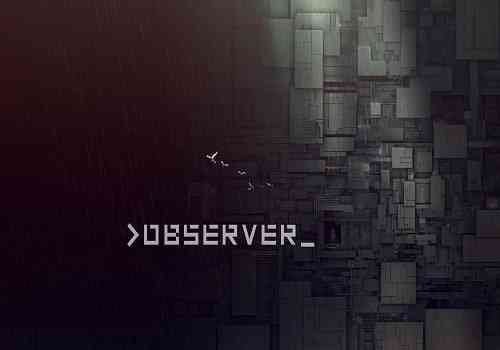Observer: System Redux (PS5) Review
It’s fitting that Rutger Hauer’s last work would be linked back to his first big role of Batty, The Replicant, from Ridley Scott’s highly influential noir dystopic future film, Blade Runner. It is ironic that in Observer, Hauer takes on a role much like Blade Runner’s Deckard.
And so is it any wonder that throughout the world of Observer, a destructive digital virus known as the Nanophage threatens the foundation of civilization? The Nanophage was so virulent because, in the future, the merging of man and machine has become commonplace. This plague killed thousands, giving way for another world to break out and strike down the Eastern and Western Blocs that had been in power for a century prior. Into this power vacuum, corporations swept in and created new power structures. As such, democracy is now gone, and the corporations have reigned in the tech giving them control over the general population. As Observer, Daniel Lazarski, you are the corporation’s form of police.
Originally released as a PC game, Blooper Team has revamped Observer for next-gen consoles. Terming this new version as a remaster and an overhaul of graphics and gameplay tweaks while adding some extra missions to the original storyline.
In addition – and exclusive to the PS5 version – support for the Dual Sense has been added. With it, you can feel object resistance – such as opening doors through the adaptive triggers. You’ll also feel the haptic feedback when you take damage or activate the Dream Eater. The effect of incorporating these features is subtle at best, with the most pronounced being the trigger resistance when opening/closing doors and drawers.
CSI: Lazarski
Observer opens with you finding a crime scene at your son’s apartment. Once inside, you discover a decapitated body, which is quickly identified not to be your son. From there, you’ll set out to solve the crime and find your boy. Daniel’s apartment building is where you spend the bulk of the game, making Observer feel very closed-in and as if you yourself are utterly isolated.
Interactions with the other inhabitants are restricted to conversations through a door speaker. The only person you encounter face-to-face is the janitor. This gameplay decision seems to be budget-related as the character models (aside from said janitor) are static and barely adequate. Adding to the sense of isolation is the heavy use of a green filter, a la Matrix-style. This filter does add to the game’s atmosphere, but unfortunately, it also deadens the graphics. On the flip side, the environments are detailed, well animated, and rooms and hallways are fleshed out with many items and textures.

Graphics can be improved via chromatic aberrations and ray tracing options, but their impact is severely muted. Hauer’s character model requires ray tracing to be turned on to see his reflection in mirrors. The graphics come alive in the Dream Eater sequences but still have to contend with the ever-pervasive green tone. I didn’t notice any slow down during gameplay, so the good news is the PS5 at least seems to be hitting the 60 fps target at 4K resolution with no issues.
The bulk of Observer has you canvassing Daniel’s apartment building for witnesses, which will provide clues and open up new side missions. Some of the apartments are open and aid in your investigations or even become new crime scenes. In these areas, minigames come into play to hack doors open. And be sure not to miss the retro videogame ‘With Sword & Fire,’ which is fully playable. The original version had seven levels, and here you’ll find three new ones for a total of ten.
After Leaving Your Apartment
The apartment is nice and all, but the real fun begins with the Dream Eater sequences. Observers come equipped with tech called the ‘Dream Eater,’ which allows one to link up with a person’s neural net connection and hack into their mind. These sections lead to some of the wildest visual and gameplay sequences on tap, as the Dream Eater gives access to every memory, fear, and obsession.

The real-world sections are rather dull, while most thrills are found in the Dream Eater sections. Once you enter a Dream Eater section, the tension and horror aspects of Observer truly get to shine. Within one’s mind, the shackles of natural law become malleable and subject to the whims of that individual’s personality. You get into Escher-like sequences where doorways and stairs lead to nowhere or put you in a totally unexpected orientation. Sometimes you get into a dream-state where passing through a door brings you back to the room you had just left. These moments are a lot of fun to play through.
Observer is a decent game. The highly detailed environments and disturbing dream sections are hobbled only by the gameplay’s limited, repetitive nature during the real world sections. It features a solid voice work performance from Rutger Hauer too. As an early title for the PS5, there is much to be impressed with. Observer runs smooth and loads quickly, and it looks great even though the artistic direction subdues the impact. However, the old dictum remains – good graphics alone do not make for a great game.
*** PS5 code provided by the publisher ***
The Good
- Graphics, 4K Resolution Looks Great
- Dream Eater Sequences
- Rutger Hauer is Fantastic
The Bad
- Voice Acting Hit or Miss
- Real-World Sections
- Green Visual Tone Hurts Presentation

